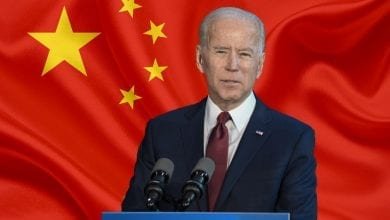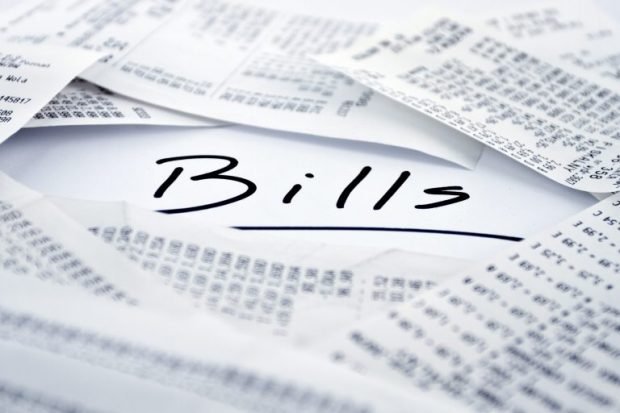Inflation Soars. Stagflation & Recession Are Here Now, Too.
The U.S. government just announced that overall prices increased by 1.3% from May to June. That means inflation in the last 12 months has reached 9.1% — another 40-year high.
As I’ve noted in previous Newsmax columns, inflation could reach near double-digit levels by the end of the summer.
__________
Since the economy is shrinking or recessing, regardless of what a government agency says, we are in recession.
__________
The next bit of disturbing news will come in about two weeks. When the Federal Reserve meets at the end of the month, as noted in previous columns, the Fed will raise interest rates at least 75 basis points — and perhaps as much as 100 basis points.
A day or so later, the government will announce its first estimate for gross domestic product (GDP) growth in the second quarter. That number will be negative, perhaps as much as -2.5%. That will be the second consecutive quarter of negative growth in GDP, following the revised -1.6% for the first quarter — which is the classic definition of a recession.
The National Bureau of Economic Research (NBER) is the government’s agency that officially declares a recession. It will undoubtedly note that since the unemployment rate is less than 4%, a recession does not officially exist.
Job Opportunities to Dry Up
The only reason the unemployment rate remains low, is because there is a labor shortage. There are currently more than 11 million job openings and less than 6 million unemployed Americans. Within the next few months, however, the number of open jobs will fall dramatically.
Since the economy is shrinking or recessing, regardless of what a government agency says, we are in recession.
Even if the NBER says we are not in recession, it will have to admit that the economy is stagnant, which means it is not growing. When we experience a stagnant economy with rapid inflation, we call that stagflation, and there is no denying that stagflation is present.
The inflation rate is likely to go higher. While Americans welcomed about an 8% decrease in gasoline prices from the end of June until mid-July, other products continue to show upward pressure on prices. This is mostly seen in food, mortgage and rent prices and other energy prices, like natural gas.
While President Joe Biden and his spokespeople continue to say that the Biden administration is doing everything possible to lower prices, the reality is that they are doing very little. In fact, some of Biden’s policies continue to make the inflation problem worse.
This inflation is caused mostly by excess demand. Since Russia is producing more oil and gas than it was producing prior to the invasion of Ukraine, Russian President Vladimir Putin is not the cause of the energy inflation. He is, however, contributing to food shortages, which also leads to more inflation.
The overall contribution to inflation from Putin is still relatively small. His contribution will increase in the next few months, however, because he is not allowing Ukrainian wheat and grain to be available to the market.
Excess Demand
The U.S. inflation though is caused mostly by the excess demand that the government has created by spending nearly $6 trillion more than was received in tax revenue via COVID-19 stimulus money in the last two fiscal years.
__________
Instead of trying to reduce excess demand, Biden is trying to spend even more money.
__________
Even today the Biden administration is spending about $130 billion more than is received in tax revenue each month.
Instead of trying to reduce excess demand, Biden is trying to spend even more money. If passed, any new spending will increase excess demand and put upward pressure on prices.
Finally, in March the Federal Reserve admitted that inflation was a problem. Unfortunately, the Fed is, at best, at least a year late with this admission. In March 2021, it was obvious there was an inflation problem.
For whatever reason, in March 2021, the Fed said the inflation problem was temporary, so it continued to rapidly expand the money supply and keep interest rates near zero. This added even more excess demand and made the inflation problem much worse.
At this point, the Fed must act very aggressively with interest rate increases and reducing the rate of growth of the money supply. Interest rates are now rising rapidly, and the Fed has begun to sell the bonds it purchased last year to reduce money supply growth.
Biden should move to decrease government spending to reduce excess demand. Since he wants to do the opposite, inflation will continue to be a problem.
We need better leaders who will take advice from economists who are concerned about reaching the economic goals of price stability, full employment and growth. Biden’s economic advisors are more concerned with solving real or perceived social injustices and climate change.
Those advisors are causing most of the inflation problem.
Agree/Disagree with the author(s)? Let them know in the comments below and be heard by 10’s of thousands of CDN readers each day!




